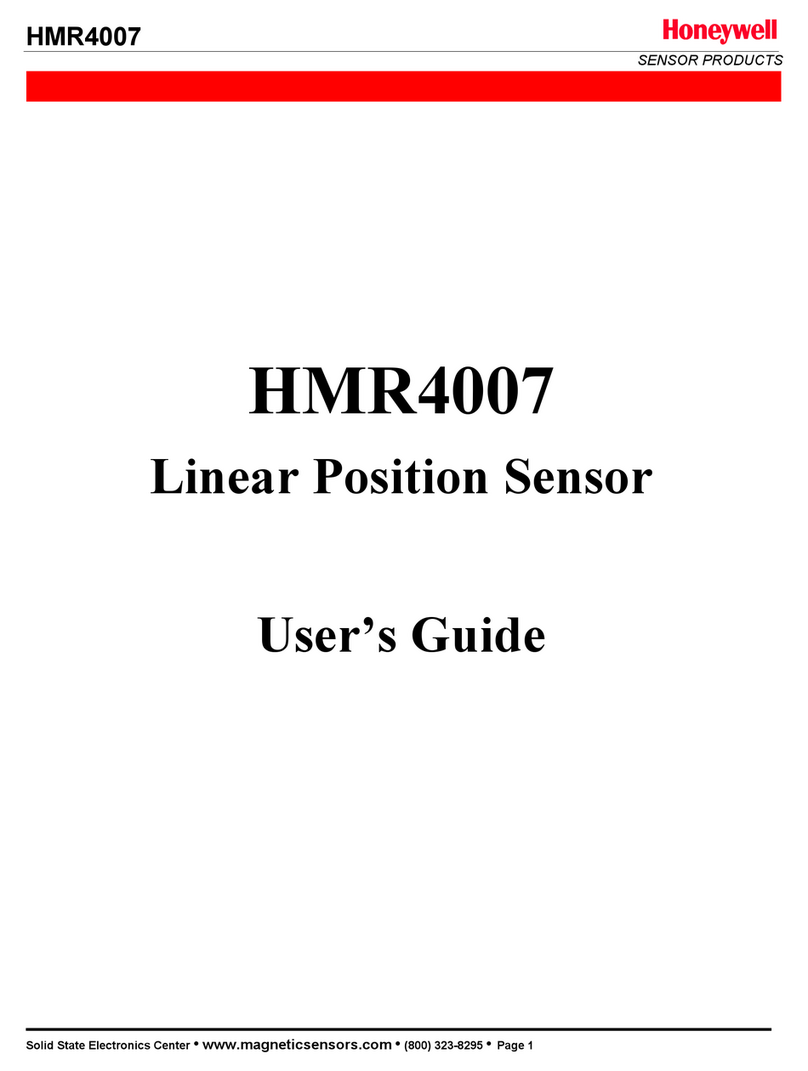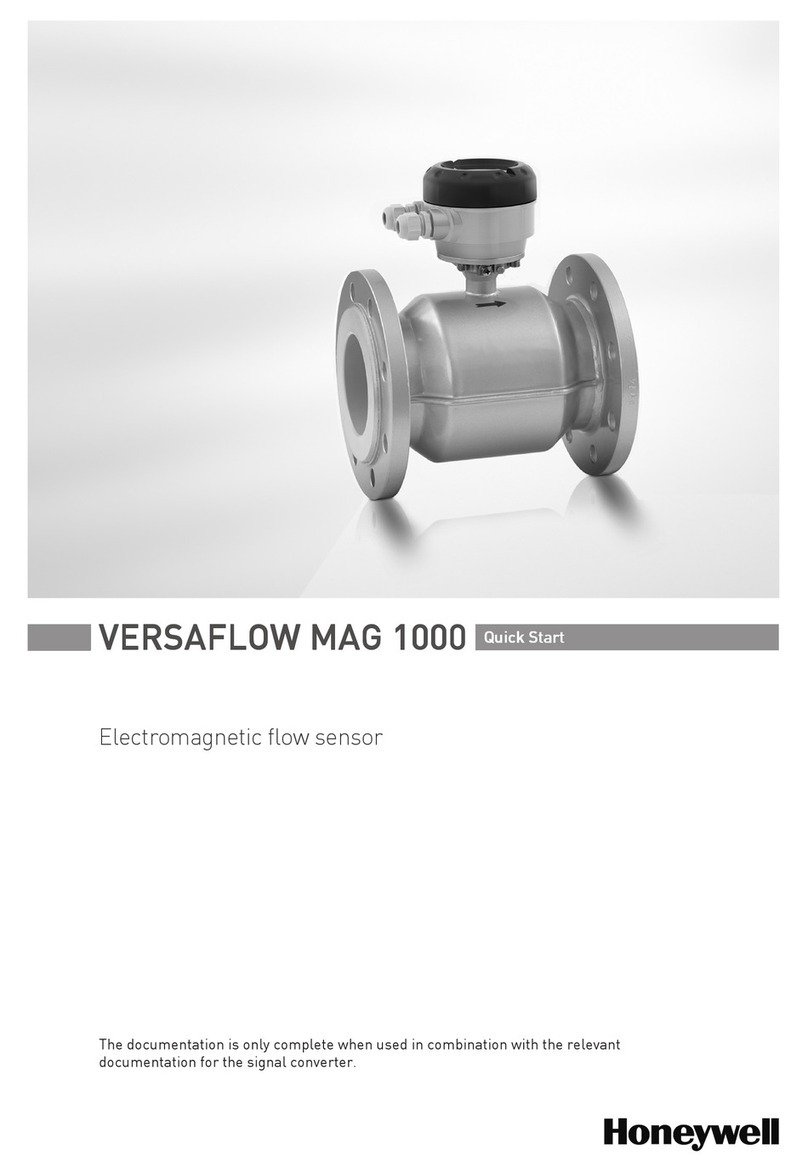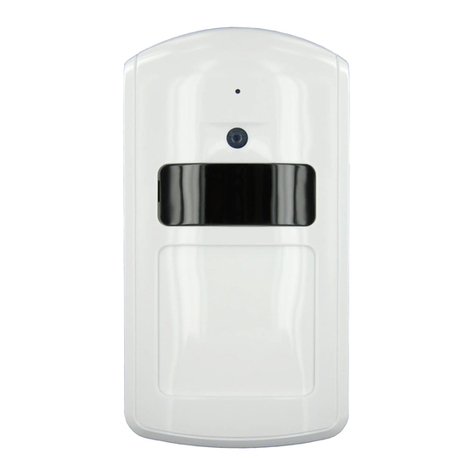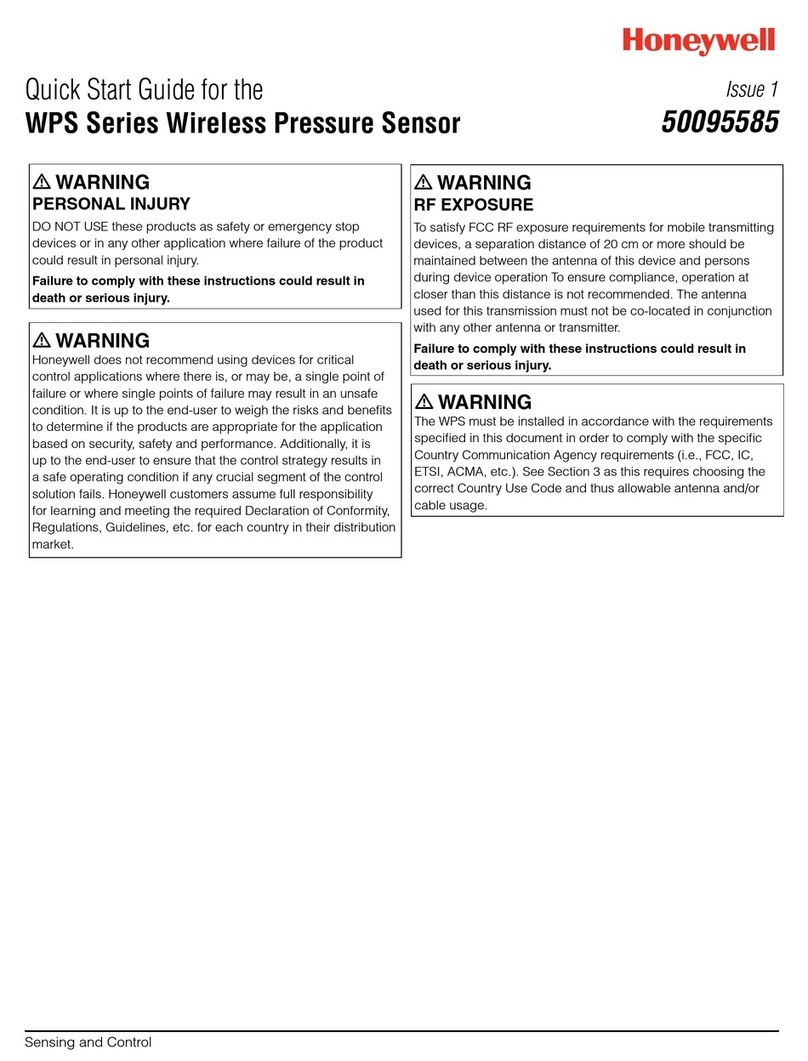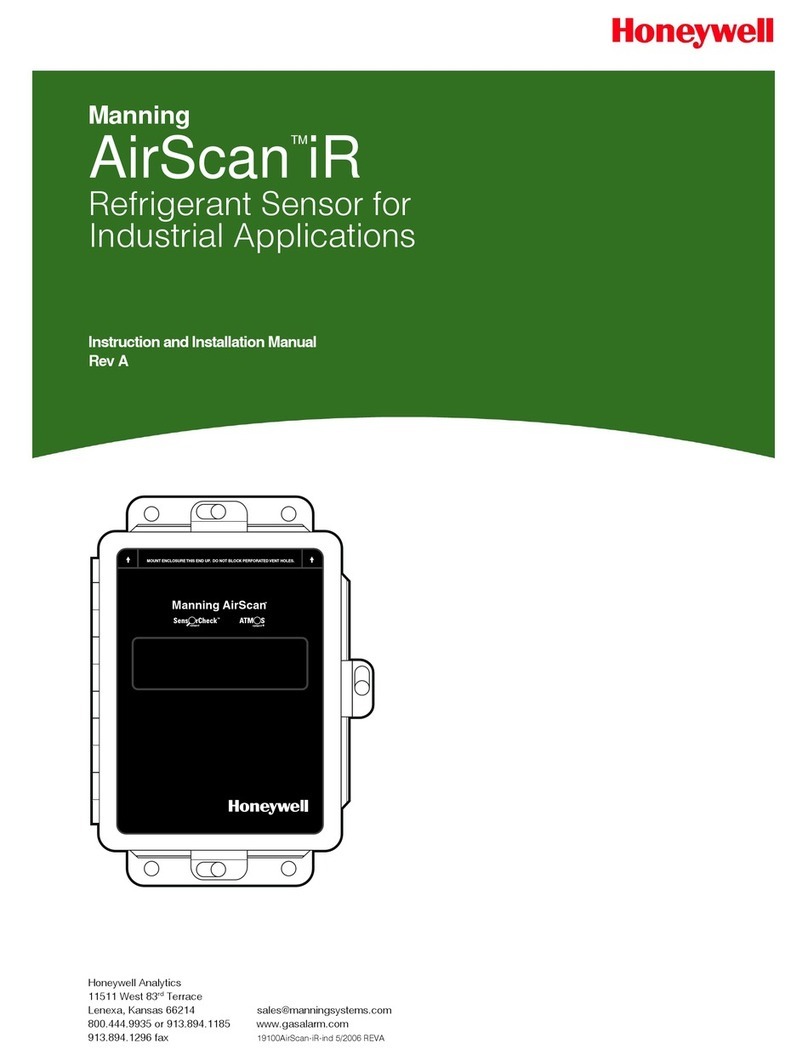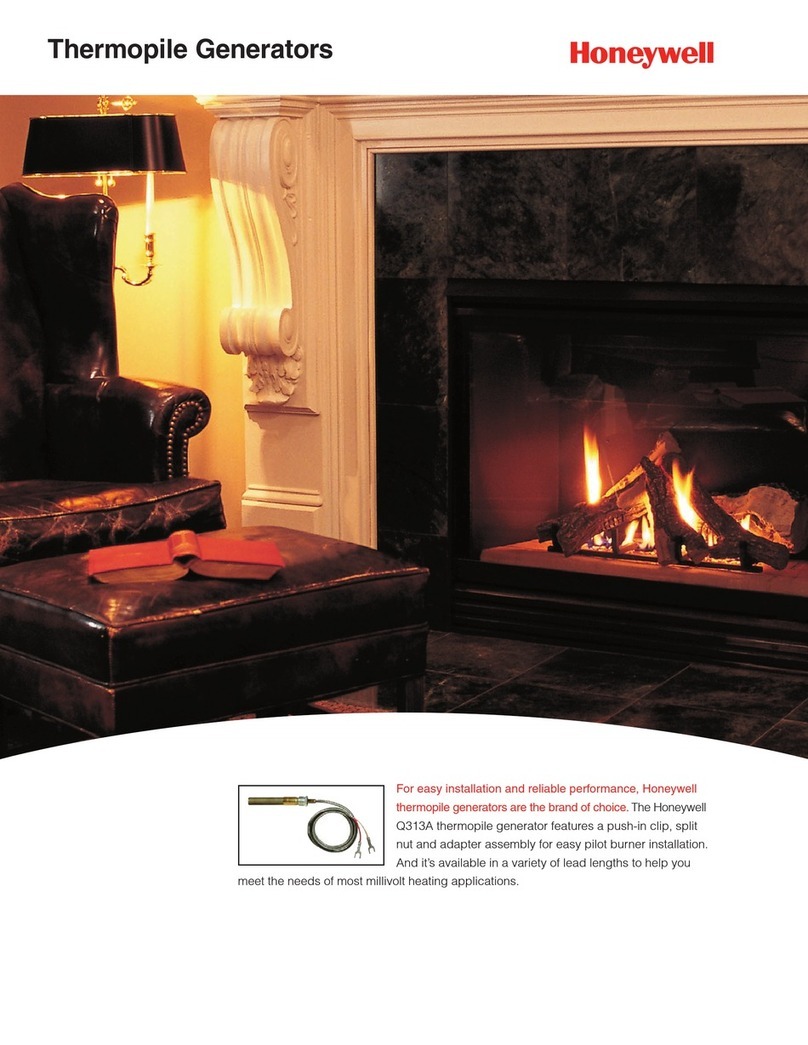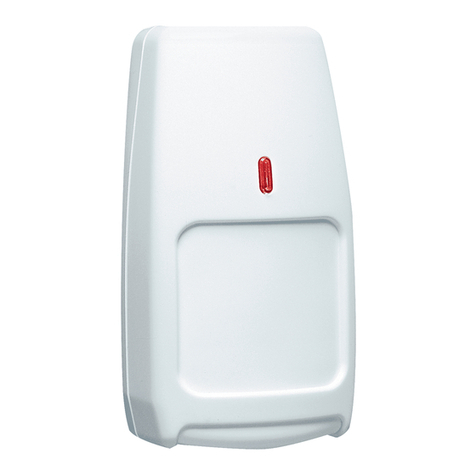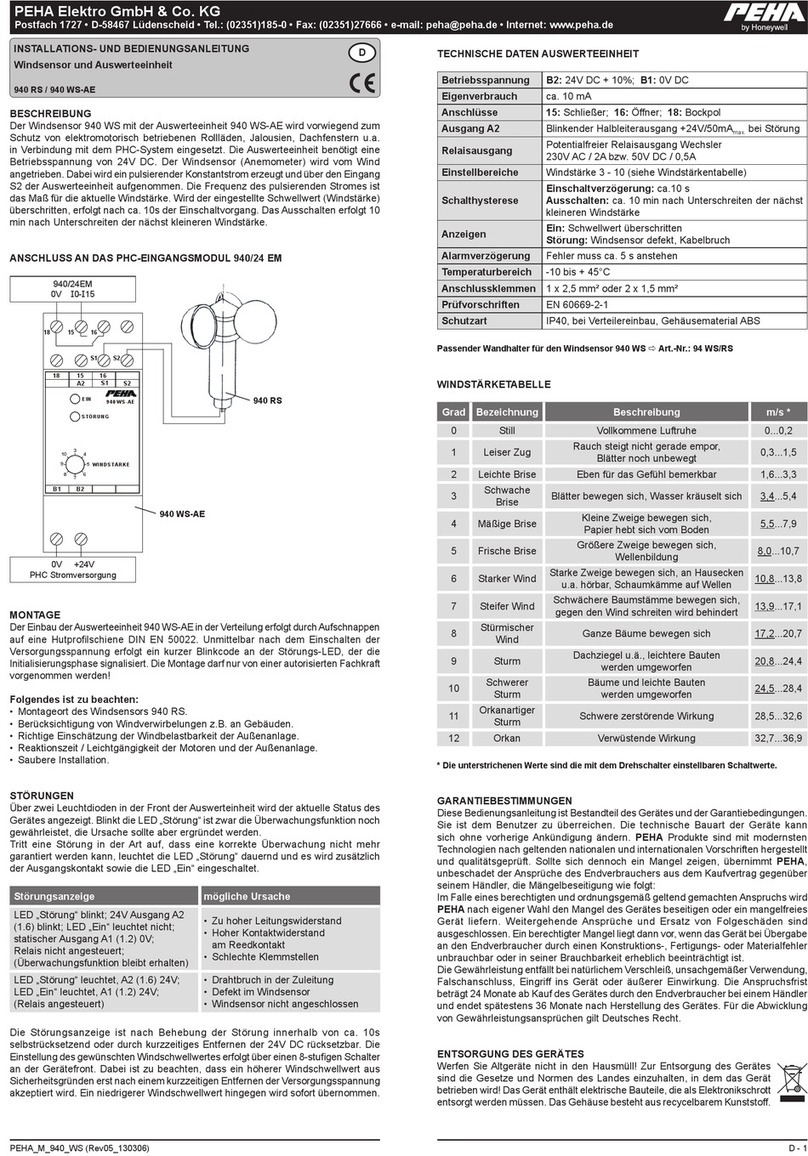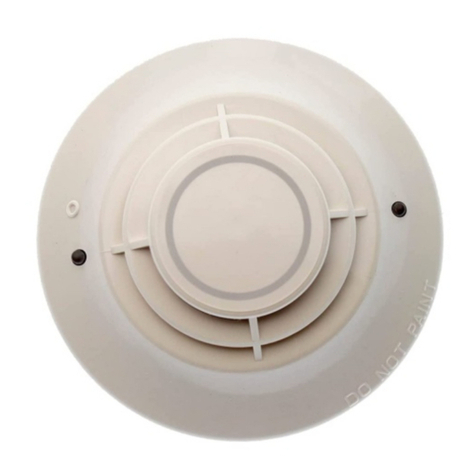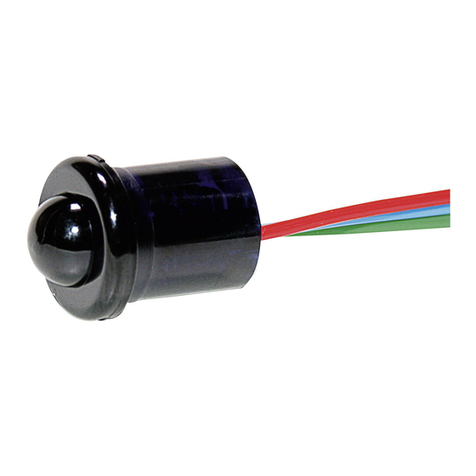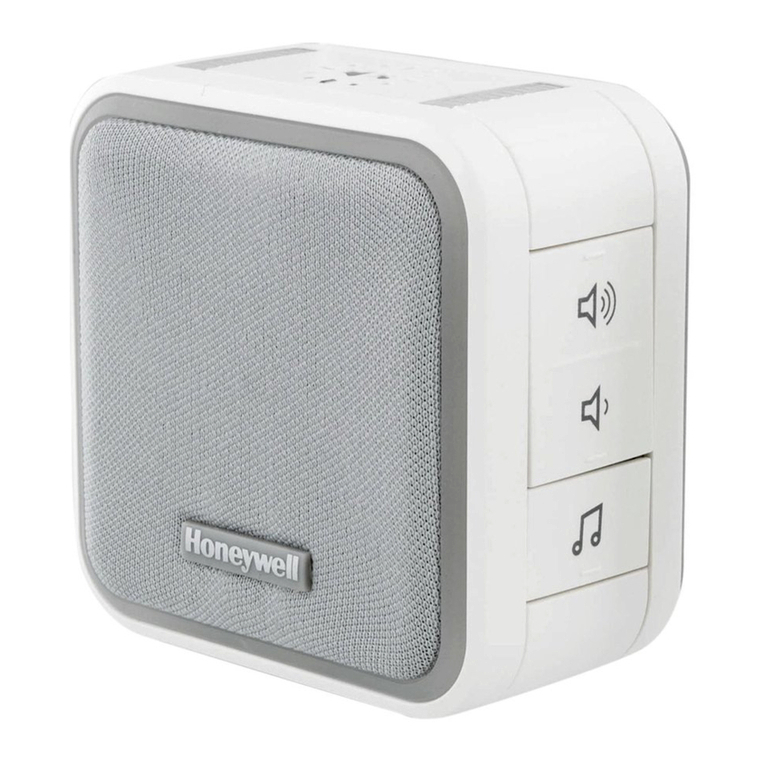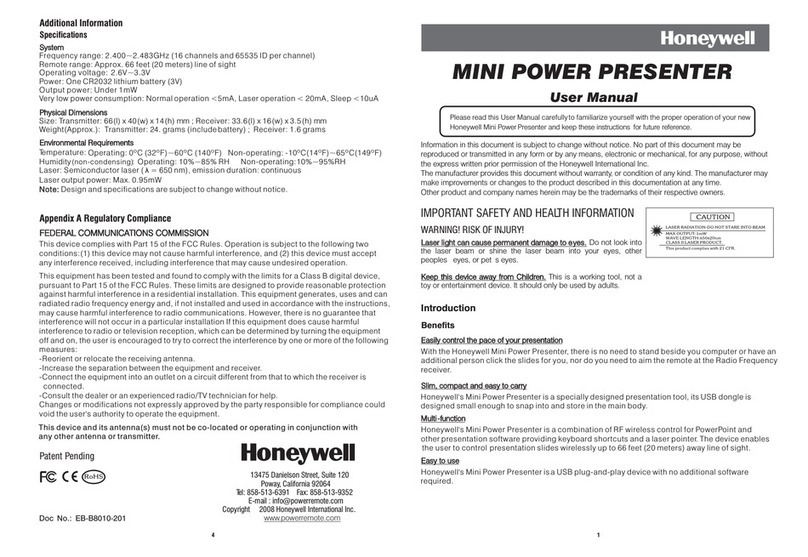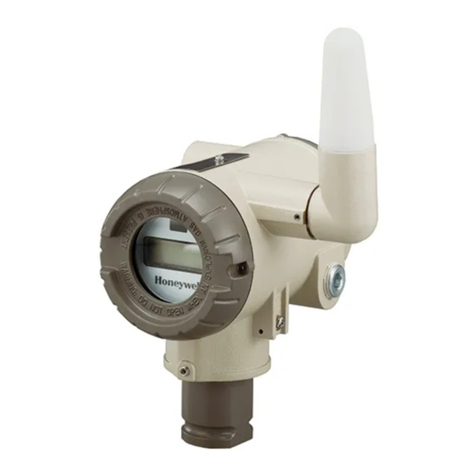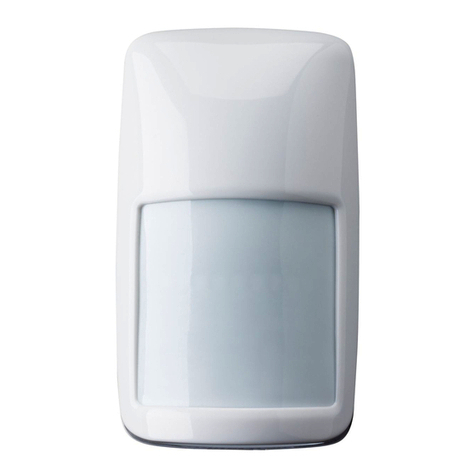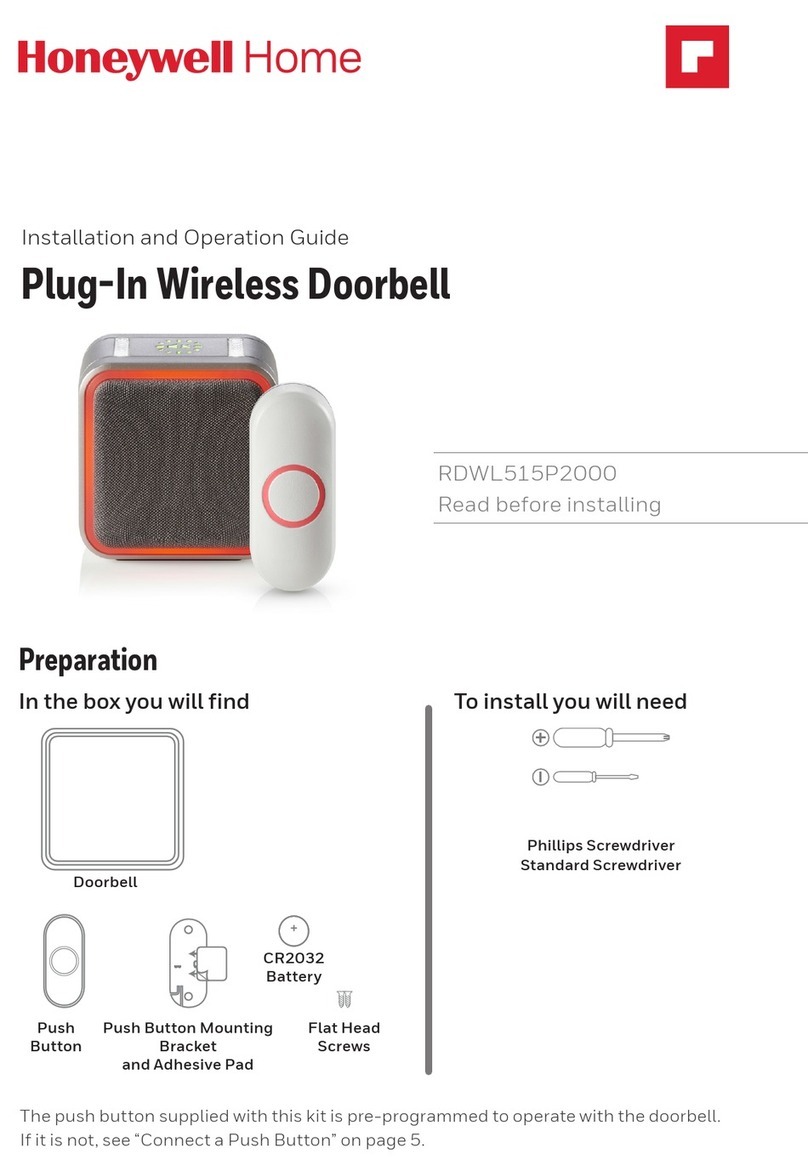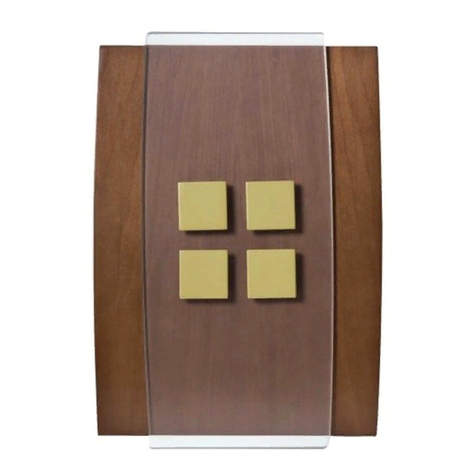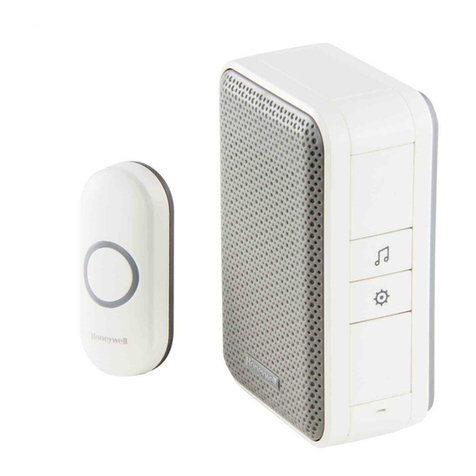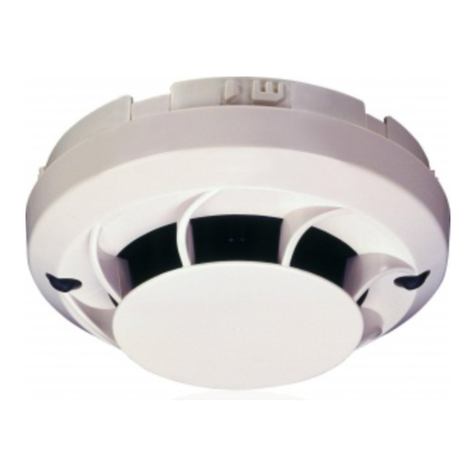3
5. MAINTENANCE
4 5
CALIBRATION
Table 2 Meter Settings
* Calibration * Rating of Gas to be Detected
Gas 8* 7* 6* 5* 4* 3* 2* 1*
8* 50 62 76 95 - - - -
7* 40 50 61 76 96 - - -
6* 33 41 50 62 78 98 - -
5* 26 33 40 50 63 79 100 -
4* 21 26 32 40 50 63 80 -
3* - 21 26 32 40 50 64 81
2* - - - 25 31 39 50 64
1* - - - - 25 31 39 50
Note: These settings must only be used with a calibration gas
concentration of 50% LEL. All data at standard temperature and
pressure.
Example
1. The target gas to be detected is Butane.
The calibration gas available is Methane (50% LEL).
2. Look up the star rating for each gas from Table 1:
Butane = 4* Methane = 6*
3. Check the meter settings for 50% LEL calibration gas from Table 2.
The reading is 78%.
4. The control card should therefore be set to 78%.
This gives an accurate reading for Butane, using 50% LEL Methane
as a calibration gas.
Table 3 Meter Multiplication Factors
Unit calibrated Unit used to detect
to detect 8* 7* 6* 5* 4* 3* 2* 1*
8* 1.00 1.24 1.52 1.89 2.37 2.98 3.78 4.83
7* 0.81 1.00 1.23 1.53 1.92 2.40 3.05 3.90
6* 0.66 0.81 1.00 1.24 1.56 1.96 2.49 3.17
5* 0.53 0.66 0.80 1.00 1.25 1.58 2.00 2.55
4* 0.42 0.52 0.64 0.80 1.00 1.26 1.60 2.03
3* 0.34 0.42 0.51 0.64 0.80 1.00 1.27 1.62
2* 0.26 0.33 0.40 0.50 0.63 0.79 1.00 1.28
1* 0.21 0.26 0.32 0.39 0.49 0.62 0.78 1.00
CALIBRATION
The Sensepoint HT Combustible Gas Sensor must be fitted into a
suitably approved Exe or Exd high temperature junction box fitted with
an approved cable gland for external wiring. The sensor requires a
200mA current supply, nominal 3V, derived from a suitable control card.
Only a qualified installation engineer should install the sensor.
Install the sensor in a location free from direct heat sources and fit it so
that it either points downwards or horizontally. It is not recommended
that the sensor points upwards. See the Sensepoint Gas Sensors
Technical Handbook for installation in forced air conditions.
1. Isolate all associated power supplies and ensure that they remain
OFF during the installation procedure. Ensure a gas free
atmosphere.
2. Install the high temperature junction box.
See the manufacturer’s instructions.
3. Remove the junction box lid.
4. Fit the Sensepoint HT sensor to the junction box.
Ensure that the junction box thread and the sensor thread are
compatible. Push the sensor wires through the cable entry in the
junction box and screw the sensor body firmly home into the entry.
Lock the sensor in place with a suitable lock-nut.
5. Connect the sensor wiring to the junction box terminal strip.
See the subsequent wiring diagram. Use multicore cable, three wire
minimum, of conductor size 2.5mm2max.
6. Fit a suitable gland to the box, secure the control system cable
and connect the field wiring to the terminal strip.
See the subsequent wiring diagram.
7. Refit the junction box lid.
8. Unscrew the filter housing from the sensor body and remove
the filter from the filter housing.
Discard the filter housing with protective disc. The filter housing
material cannot withstand high temperatures.
3. INSTALLATION
Sensors should be calibrated at concentrations representative of those
to be measured. It is always recommended that Sensepoint HT is
calibrated with the target gas it is to detect. If this is not possible, then
cross calibration can be used.
For calibration in fast flow conditions see the Sensepoint Gas Sensors
Technical Handbook.
Prior to calibration, allow the sensor to warm up for approximately
10 minutes. Re-calibration should only be attempted by qualified service
personnel.
1. Zero the control system with no gas present on the sensor.
If combustible gas is suspected to be in the vicinity of Sensepoint HT
flow clean air over the sensor using a flow housing (see below).
2. Fit a flow housing and connect a cylinder of either air, for a zero,
or a known concentration of gas in air, at approximately the
alarm point (e.g. 50% LEL), to the flow housing.
3. Pass the gas through the flow housing at a flow rate of
approximately 1 litre to 1.5 litre/min.
4. Allow the sensor to stabilise.
5. When gassing with air, adjust the control card to indicate zero.
6. For span, the control card should be adjusted to indicate the
concentration of the target gas being applied.
Remove the flow housing and the gas supply.
Cross Calibration Procedure
When calibrating the Sensepoint HT sensor with a gas which is different
to the gas/vapour to be detected, the following cross calibration procedure
should be followed.
Table 1 lists gases according to the reaction they produce at the detector.
An eight star (8*) gas produces the highest output while a one star (1*)
gas produces the lowest output. (These are not applicable at ppm
levels.)
4. CALIBRATION
7 8 9 10
6
INSTALLATION
CALIBRATION
To calibrate the Sensepoint HT sensor carry out the following procedure:
1. Obtain the star rating for both the test gas and the gas to be
detected from Table 1 .
2. Use the values in Table 2 to obtain the required meter setting
when a 50% LEL test gas is applied to the detector.
If a sensor is to be used to detect a gas other than that for which it
was calibrated, the required correction factor may be obtained from
Table 3 . The meter reading should be multiplied by this number in
order to obtain the true gas concentration.
Important Notes:
1. Since combustible sensors require oxygen for correct operation,
a mixture of gas in air should be used for calibration purposes.
2. Assuming an average sensor performance, the sensitivity
information in Tables 1 to 3is normally accurate to ± 20%.
Table 1 Star Rating of Gases
Gas Star Rating Gas Star Rating
Acetone 4* Hexane 3*
Ammonia 7* Hydrogen 6*
Benzene 3* Methane 6*
Butane 4* Octane 3*
Diethyl ether 4* Propan-2-ol 4*
Ethane 6* Propane 5*
Ethanol 5* Styrene 2*
Ethyl acetate 3* Tetra hydrafuran 4*
Ethylene 5* Xylene 2*
Sensitive (S)
Non-Sensitive (NS)
Common
Earth
Brown
Blue
White
Green
dleifmetsyslortnoCgniriwrosneS
wiring
Note: In addition to the sensor's integral earth conductor, earth
equipotential bonding may be maintained via the sensor rear
mounting thread if required.
9. If the sensor is installed:
• indoors - discard the filter.
• outdoors - fit the previously removed filter (if required) to
the High Temperature Weather Protection accessory
(Part No: 00780-A-0076) and fit the accessory to the sensor.
Fit the seal supplied with the Weather Protection accessory to
the sensor body. Screw the accessory firmly onto the sensor until
it seats against the sensor body hexagon.
10. Power-up the system and check for correct operation.
INSTALLATION
